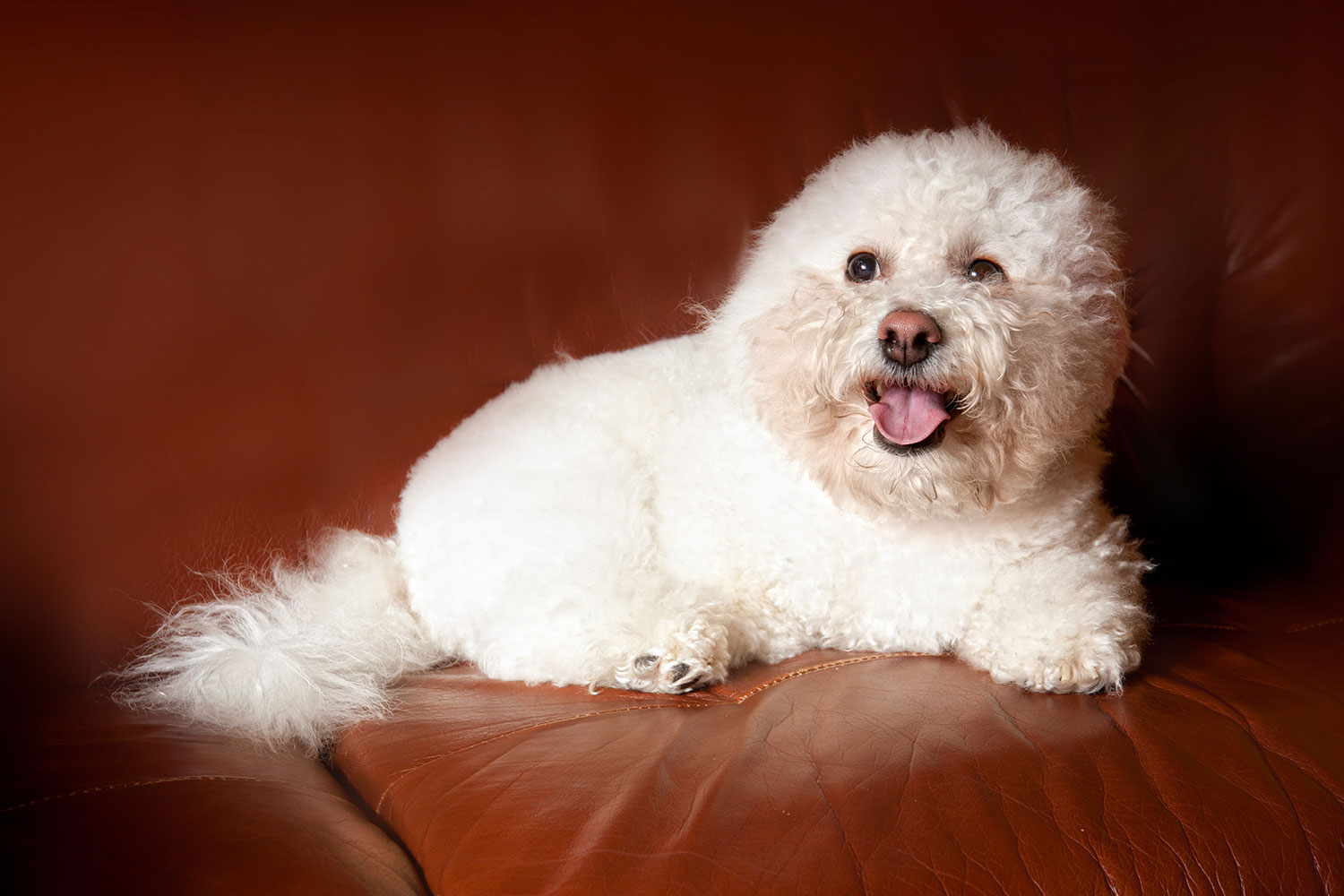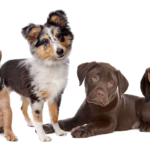- lmplovemypuppy
- February06,2023
- 806
- 0
Despite being man’s best friend, researchers have found that dogs are known to cause allergies in at least 15% of Americans. Fortunately, there’s great news for those of you who love dogs but may be allergic to them. Certain dog breeds are uniquely hypoallergenic, meaning that people with dog sensitivities will have far fewer symptoms when they are near such breeds. Sometimes, a dog-allergic person may not exhibit any negative reactions whatsoever!
On this page, we’ll explore what constitutes a hypoallergenic dog and examine a few ideal breeds for allergy sufferers. Additionally, we’ll go through how to care for your hypoallergenic puppy’s skin and fur so they stay happy and healthy. Here is your full guide to hypoallergenic puppies and what you should know about them.
What Is a Hypoallergenic Puppy?
Hypoallergenic puppies are an excellent choice for those who suffer from allergies or hypersensitivities to dogs. But the label of “hypoallergenic” for dogs does not mean they are 100% non-reaction-causing. This is due to the fact that all breeds release proteins that can induce an allergic response. Certain breeds, however, are known to release far fewer allergens. They release lesser dander, which are microscopic flakes of shed skin that are the primary reason for dog allergies.
Hypoallergenic breeds also possess hair rather than fur, therefore they shed significantly less than breeds with full fur. Furthermore, the dander they release is kept contained in their coat rather than getting dispersed through the air.
What Are Some Ideal Hypoallergenic Puppy Breeds?
If you’re looking for a hypoallergenic puppy, you’ll be relieved to hear that there are numerous breeds that are a suitable option for folks with allergies. The following are some of the most common hypoallergenic puppy breeds:
- Havanese: Havanese puppies sport a silky long coat that needs to be groomed on a routine basis to preserve it in a healthy and knot-free state. Yet, their shedding is almost negligible, making the Havanese a wonderful candidate for dog-allergic people. This breed is also sociable and loving, and they enjoy hanging around humans. Moreover, they are extremely clever, which ensures they learn commands swiftly and are easy to teach.
- Maltese: For decades now, Maltese puppies have been one of the crowd favorites of hypoallergenic breeds. Their beautiful snowy coats are long, silky, and snuggly, yet they shed very little. Maltese dogs develop deep bonds with their owners, making them friendly and affectionate companions.
- Poodles: Poodles are also among the most well-known hypoallergenic breeds because they don’t release much dander and only shed a tiny bit. There are three sizes of poodles: toy, mini, and regular-sized. Naturally, toy poodles will shed the least.
How to Reduce Allergens on Your Hypoallergenic Puppy’s Coat
Brushing your puppy’s coat on a regular basis ensures that all their dead hairs are removed, keeping their skin healthy and free of allergic dander. Giving your dog a bath every so often will also put them through a full washing and get rid of any stubborn residual dander that has accumulated in their coat. Professional grooming is also recommended every 6-8 weeks. By following these easy steps, you can maintain your pup’s appearance and well-being while also reducing dander that can cause an allergic reaction in you.



